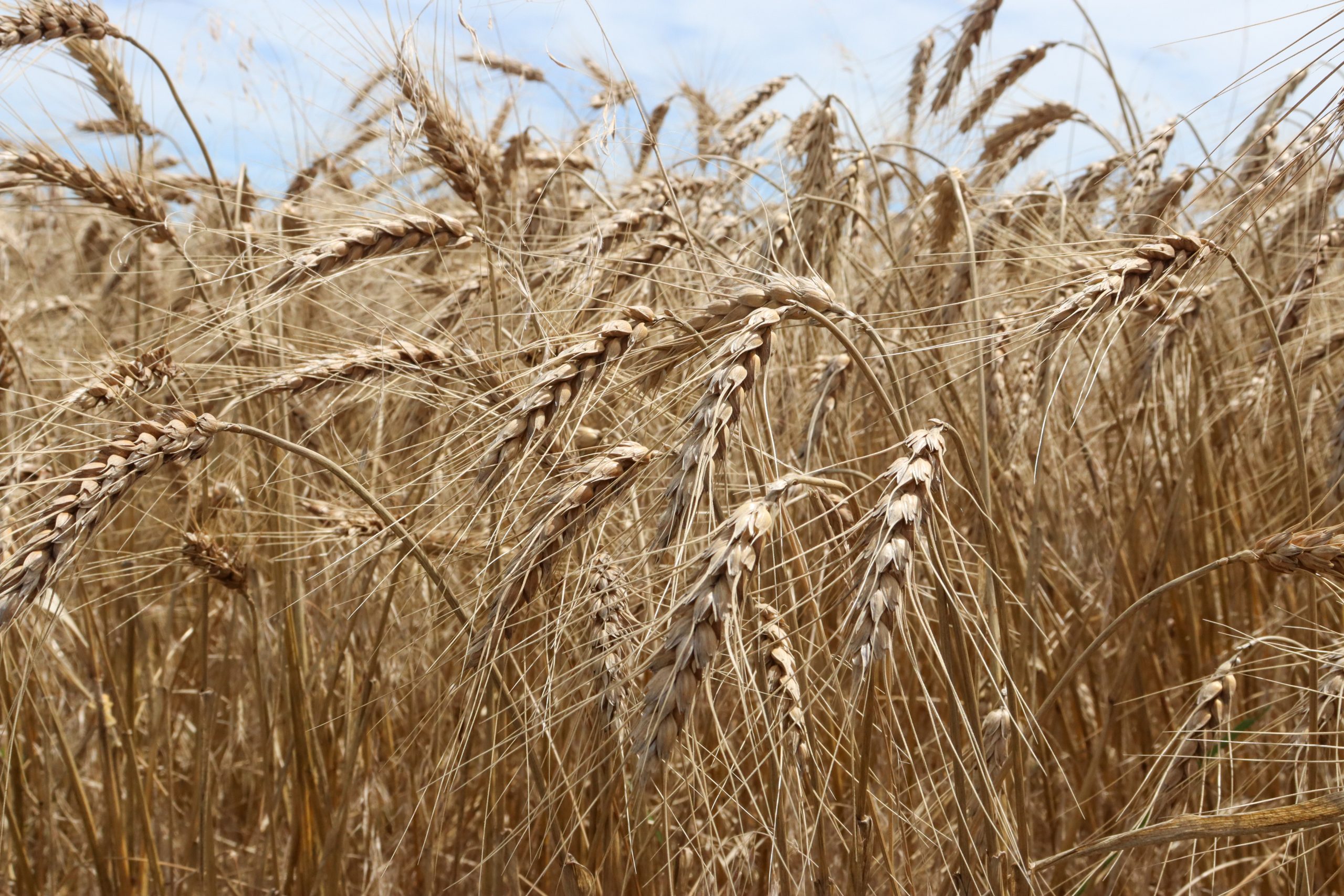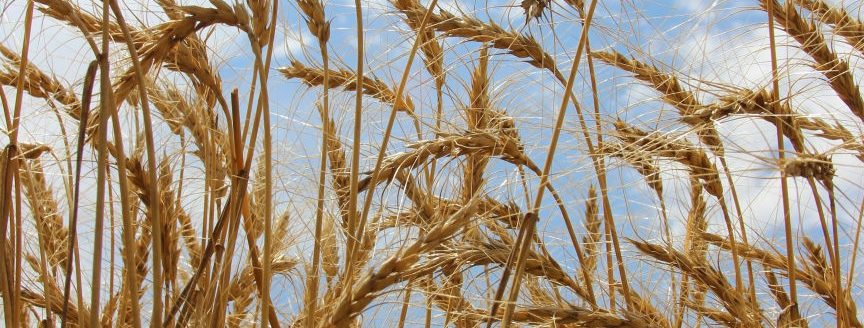The first wheat harvests of 2024 are hitting the bins late due to May showers across “The Sooner State.”
Initially ahead of schedule by about 10 days, wheat producers have encountered significant delays due to heavy rains throughout May. Farmers are grappling with the challenges posed by the rain-soaked fields.
Oklahoma Wheat Commission executive director Mike Schulte reports that farmers in the southwest region of Oklahoma had managed to harvest a significant portion of their crop before the onset of heavy rains, though approximately 40% of the crop remains unharvested. Wheat farmers in these areas are facing a race against time to salvage the remaining crop before any more rain events. Despite these setbacks, the area is still expecting to reach a 60-to 61-pound average.
Concerns about the impact of the rain on wheat quality have also been raised. Although early test weights show a slight drop, the overall quality remains relatively high. Prolonged moisture could potentially lead to further degradation in wheat quality, however.
Harvest challenges extend across Oklahoma, with central and northern regions also experiencing delays. Central Oklahoma farmers have been particularly affected, with intermittent rains delaying harvest, limiting farmers to a few hours in the field each day. Test weights are still promising for central Oklahoma wheat farmers.
As the wheat harvest progresses northward, farmers in northern Oklahoma are just beginning to assess their crops. Due to the excess rain in the region, test weights look extremely favorable. Wheat producers in southern Kansas and northern Oklahoma are expected to have a good first harvest.
Harvesting from border to border across Oklahoma is not typical, though consistency in agriculture is rare. Oklahoma wheat is ready for harvest in all regions, permitting moisture conditions. The unusual spring harvest has really put a wrench in custom harvesting plans.
The added moisture has made it easier to look forward to the rest of the 2024 wheat crop. The dry spring brought major concerns of yield losses for the state based off Oklahoma grain and feed assessments, though it seems yields are coming in better than expected. The grain and feed annual estimate was 89 million bushels for the state of Oklahoma, while the U.S. Department of Agriculture estimated 96.2 million bushels.
Oklahoma wheat harvests are right on the five-year average as that state has endured a long-term drought. Schulte stated he expects to see more than 96.2 million bushels, though it could change if more rain events occur.
Andrea Hanson can be reached at [email protected].


